The China Open Grand Opening: Large Prize Money and Unique Appeal Attract Top Players Worldwide
Yesterday, the 2025 China Open officially commenced at the National Tennis Center in Beijing. As the highest-level and most lucrative combined men’s and women’s tennis event in Asia with the widest influence, this edition attracted 13 Grand Slam champions, including Sinner and Swiatek. Leading the Chinese contingent is Olympic champion Zheng Qinwen, with a total of 14 Chinese players competing to challenge the world’s elite on home soil.
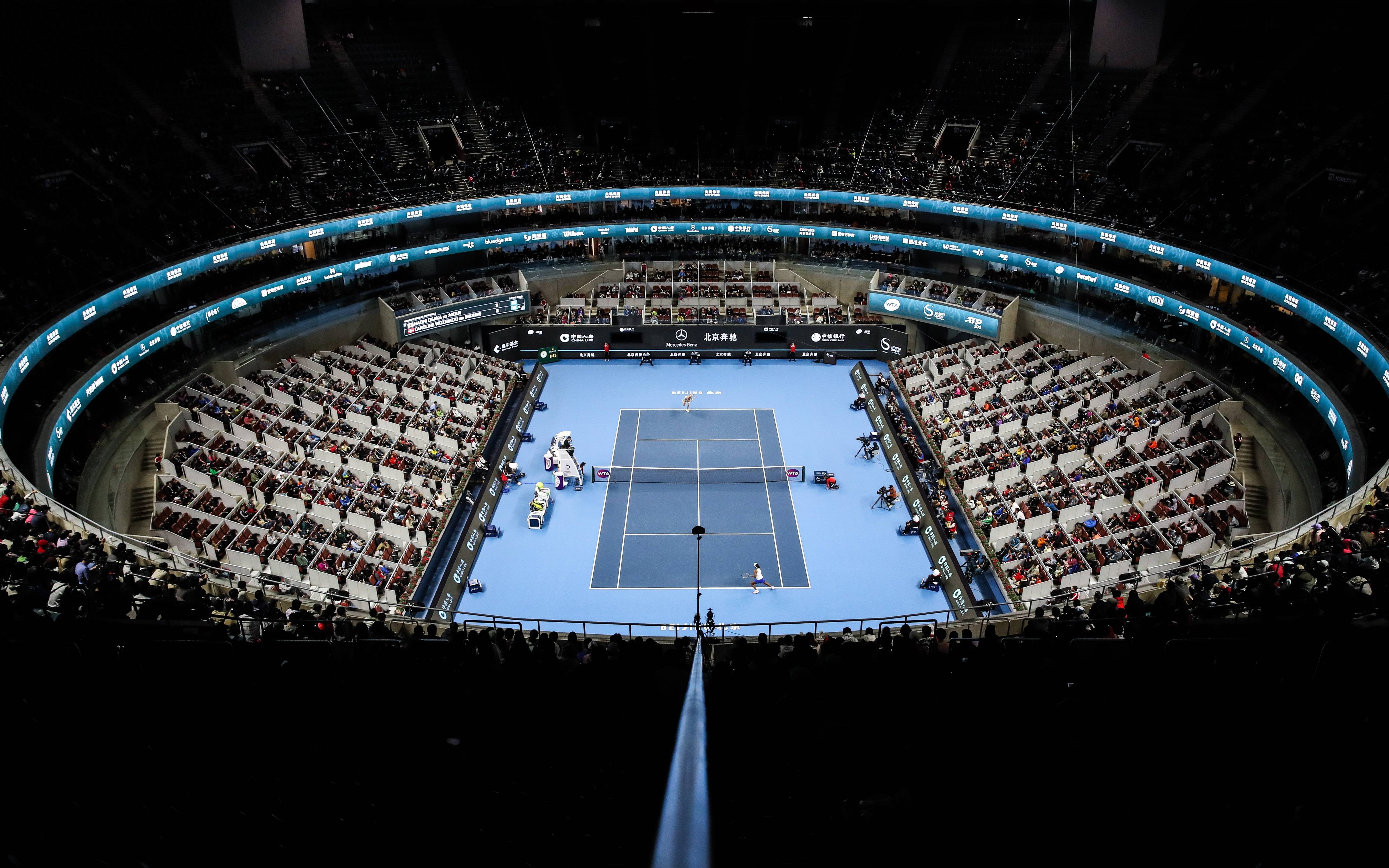
The history of the China Open dates back to 1993 when the men’s professional tour first arrived in Beijing. The tournament was officially renamed the “China Open” in 1997 but was forced to pause in 1998 due to the financial crisis. A turning point came in 2004, fueled by Beijing’s successful Olympic bid. The inaugural event of the new era attracted tennis stars like Safin, Ferrero, Serena Williams, and Sharapova, with Safin and Serena winning the first men’s and women’s singles titles respectively.
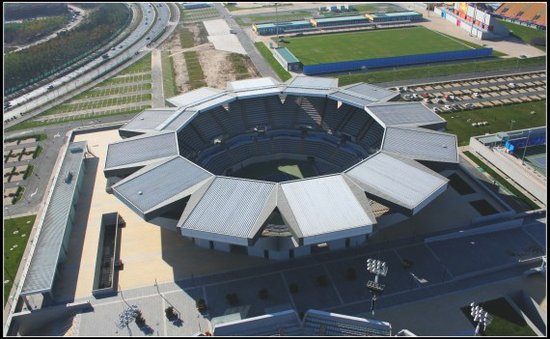
The year 2009 marked a pivotal moment for the China Open. The tournament was fully upgraded, with the women’s event becoming a WTA Premier Mandatory and the men’s event an ATP 500. This elevation positioned the China Open just below the Grand Slams in status, alongside Indian Wells, Miami, and Madrid as the “Big Four” Masters events. Venue facilities also advanced significantly. In 2011, the China Open unveiled its new centerpiece, the Diamond Court, the world’s first tennis stadium featuring double-layer glass suites and a retractable roof.

From the original Guangcai Tennis Center to today’s National Tennis Center, the China Open has grown into Asia’s premier combined men’s and women’s tennis tournament. This year’s prize money reached a new record, with the 2024 total purse hitting $13.14 million, demonstrating the event’s status and appeal in the global tennis scene. Specifically, the women’s WTA 1000 event offers nearly $8 million in prize money, while the men’s ATP 500 event exceeds $3.7 million. This means the women’s singles champion will earn $1.324 million and 1000 ranking points, while the men’s singles winner will receive over $650,000 and 500 points.
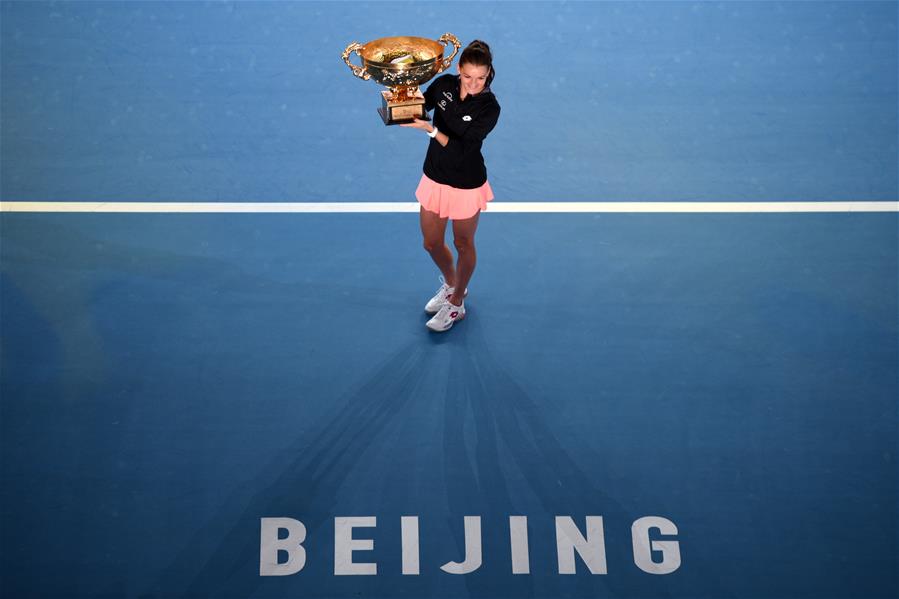
The increase in prize money at the China Open reflects the overall growth of the Chinese tennis season. According to the Tennis Management Center of the General Administration of Sport, as the first rotating host city under the “China Season” brand, Beijing will collaborate with eight other cities to further unlock sports consumption potential through ticketing synergy and integrated sponsorship. It is estimated that the nine tournaments across nearly two months of the tennis “China Season” will attract over one million spectators, generating more than 2 billion yuan in related spending on dining, accommodation, and other services.

A distinctive feature of the China Open is the different status levels for the men’s and women’s events: the women’s tournament is a WTA 1000 Premier Mandatory, while the men’s is an ATP 500. This differentiation is rare in international tennis and reflects strategic planning by the organizers. The women’s event ranks just below the Grand Slams as one of the highest-level WTA tournaments, whereas the men’s event belongs to the ATP 500 series. This setup balances the global tennis calendar and highlights the popularity of women’s tennis in the Chinese market.
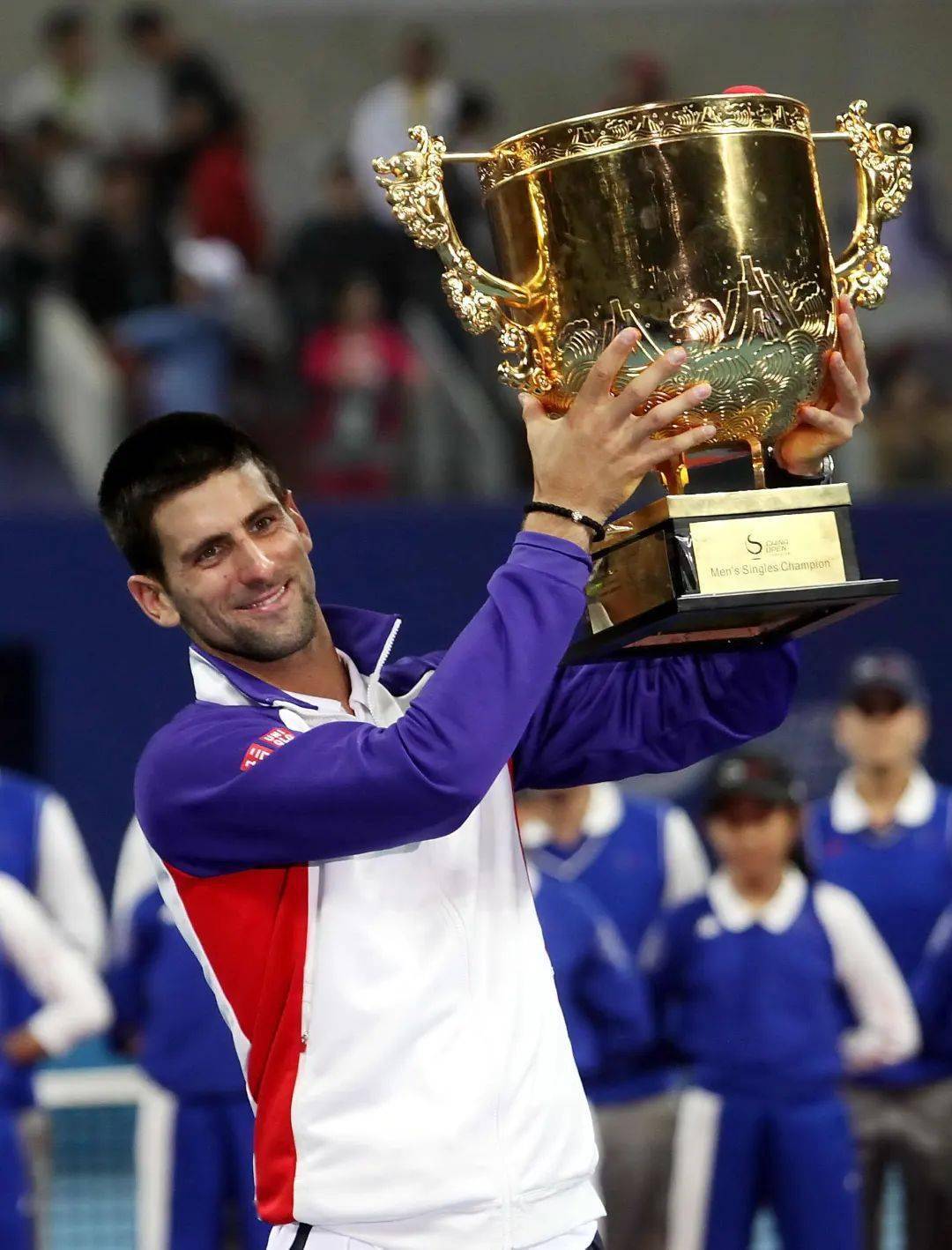
The China Open is the only combined men’s and women’s tournament in the country, meeting audience demand for top-level women’s tennis while ensuring exciting men’s competition. During the event, fans can enjoy world-class matches from both categories simultaneously. In 2025, the women’s singles main draw includes 76 players, and the men’s event features five of the world’s top ten players. This differentiated strategy has helped the China Open secure a unique position on the international tennis stage.

The most legendary record in China Open history belongs to Serbian star Novak Djokovic, who holds an undefeated six-time champion streak. Over the past 13 editions, he has won the men’s singles title six times, the most in the tournament’s history. Djokovic’s China Open legacy began in 2009 when he won his first title by defeating Cilic 6-2, 7-6 in the final. He went on to claim titles in 2010, 2012, 2013, 2014, and 2015, maintaining an undefeated record at the National Tennis Center. On the women’s side, Serbian Jelena Jankovic won the title in 2008. Together, these two Serbian players have won seven China Open titles, surpassing the four titles won by Russian players. Djokovic’s unbeaten streak not only showcases his dominance on hard courts but also reflects his special connection with Chinese fans. In 2013, he also participated in a “Battle of the Sexes” charity match with Li Na during the China Open, opening a new chapter in tennis philanthropy.
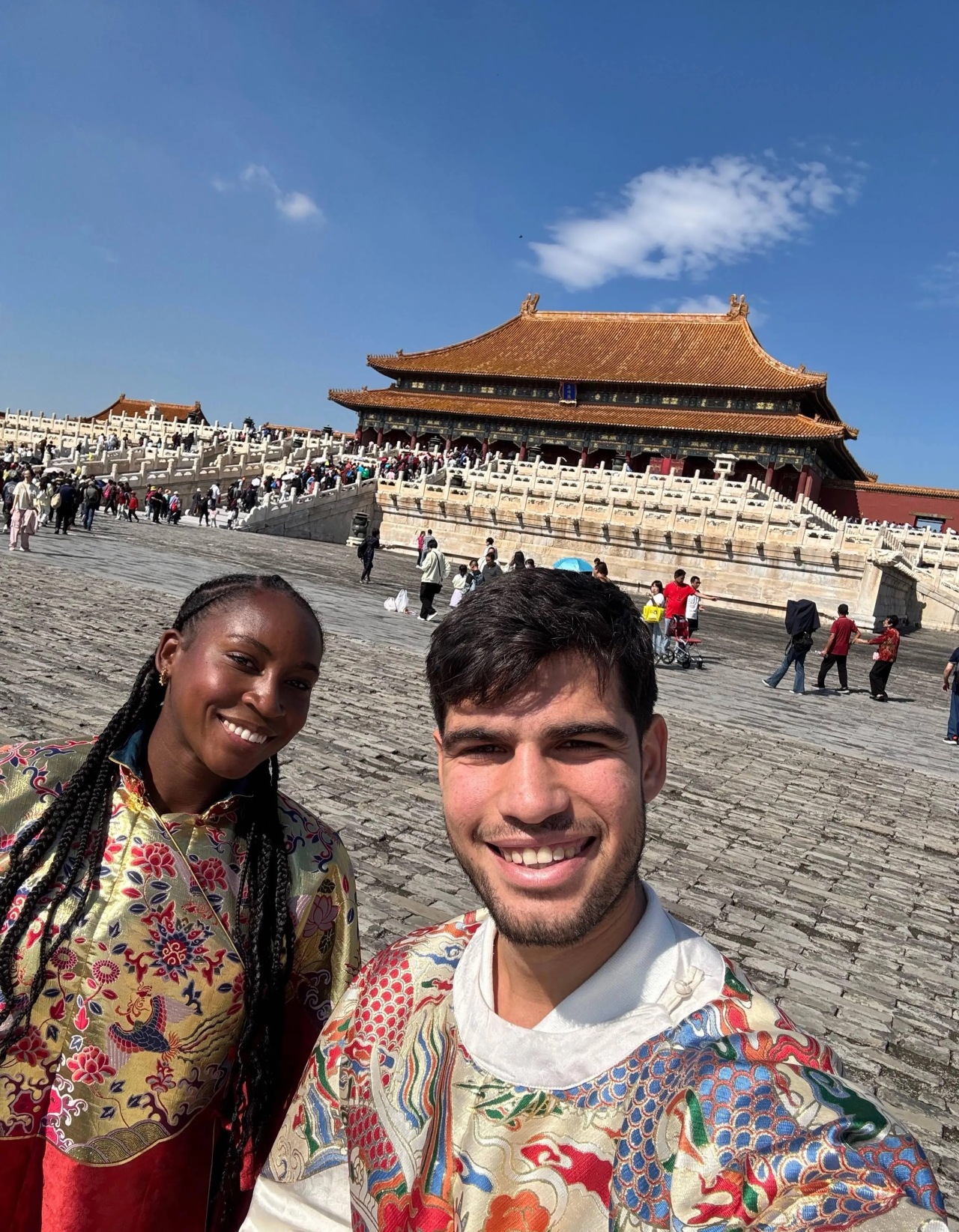
Garcia’s back-to-back titles in 2017 stand out as one of the most remarkable chapters in China Open history. The French player delivered her career-best performance during the China season that year, winning the Wuhan Open followed by the China Open a week later. In the 2017 China Open final, Garcia defeated Halep in straight sets, becoming the first player to win consecutive Wuhan and Beijing titles. This achievement was unprecedented, as even top players like Kvitova and Muguruza only managed to reach finals in both events with one title and one runner-up. Garcia’s victory not only earned her the trophy but also propelled her into the WTA top ten for the first time. For her final opponent Halep, although she didn’t win the title, she reached the world number one ranking during the China Open. Polish player Agnieszka Radwanska demonstrated lasting competitiveness by winning the China Open twice, first in 2011 and again in 2016. In the 2016 final, she defeated Konta in straight sets to claim her second women’s singles trophy.
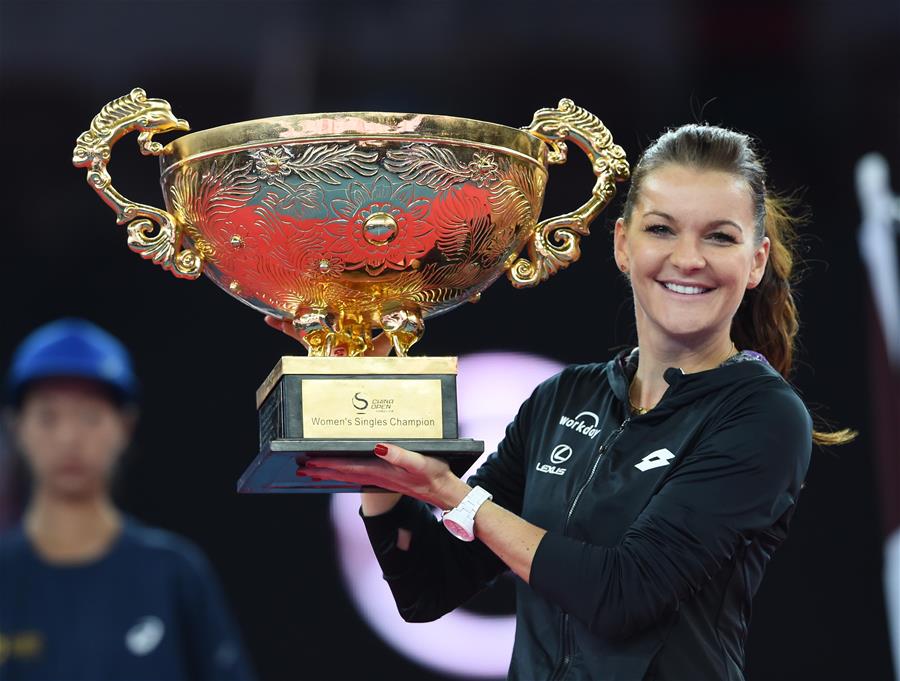
The China Open trophies represent not only honor but also a unique symbol of Sino-Western cultural fusion. The women’s trophy design is inspired by the “Zilong Ding,” a national treasure bronze vessel from the Chinese National Museum dating back to the Shang and Zhou dynasties. The Zilong Ding is the largest round tripod of its era and, together with the square “Simuwu Fangding,” forms the twin masterpieces of Shang dynasty bronze ware. Using the ding as a model symbolizes prosperity and harmony, as well as the champion’s spirit of conquering the China Open. The men’s trophy draws from the “Jin’ou Yonggu” cup, a national treasure housed in the Palace Museum, renowned as a pinnacle of gold and silver craftsmanship. This cup was treasured by Qing dynasty emperors as a symbol of lasting peace and stability for the nation. Details of the trophies incorporate traditional Chinese cultural elements: the women’s trophy features phoenix-shaped handles and cloud patterns, while the men’s trophy has kui dragon double handles inspired by Shang and Zhou dynasty bronzeware. These designs make the China Open trophies a bridge linking tennis sport and Chinese culture.
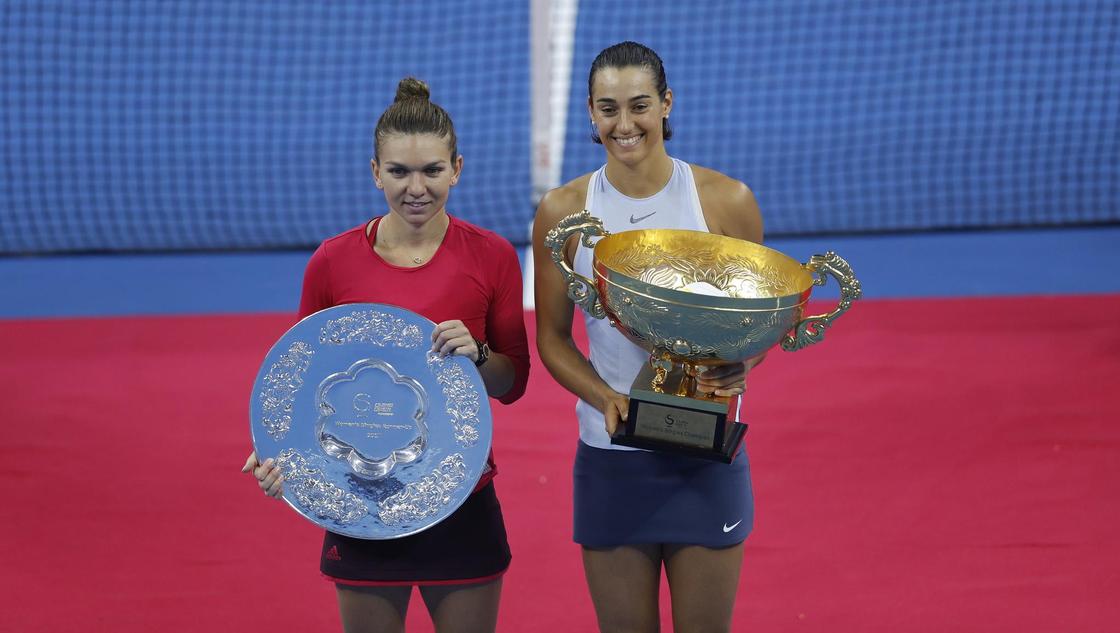
The future of the China Open is closely tied to the overall development of tennis in China. According to data from the Tennis Management Center of the General Administration of Sport, the number of tennis players in China has surpassed 25 million, a 28.03% increase since 2021. Regarding facilities, by the end of August 2024, China had 53,805 tennis courts, up 8.12% from 2021, providing a solid foundation for popularizing the sport. The China tennis season is gaining momentum, with nine tournaments from September in Beijing, Chengdu, and Hangzhou to November in Jiujiang and Hong Kong, including the China Open. Bai Xilin, director of the Tennis Management Center, states that building the China Season as a national brand aims to learn from the Grand Slams and hopes to create a “fifth Grand Slam” or “fifth major tennis hub” in the future.
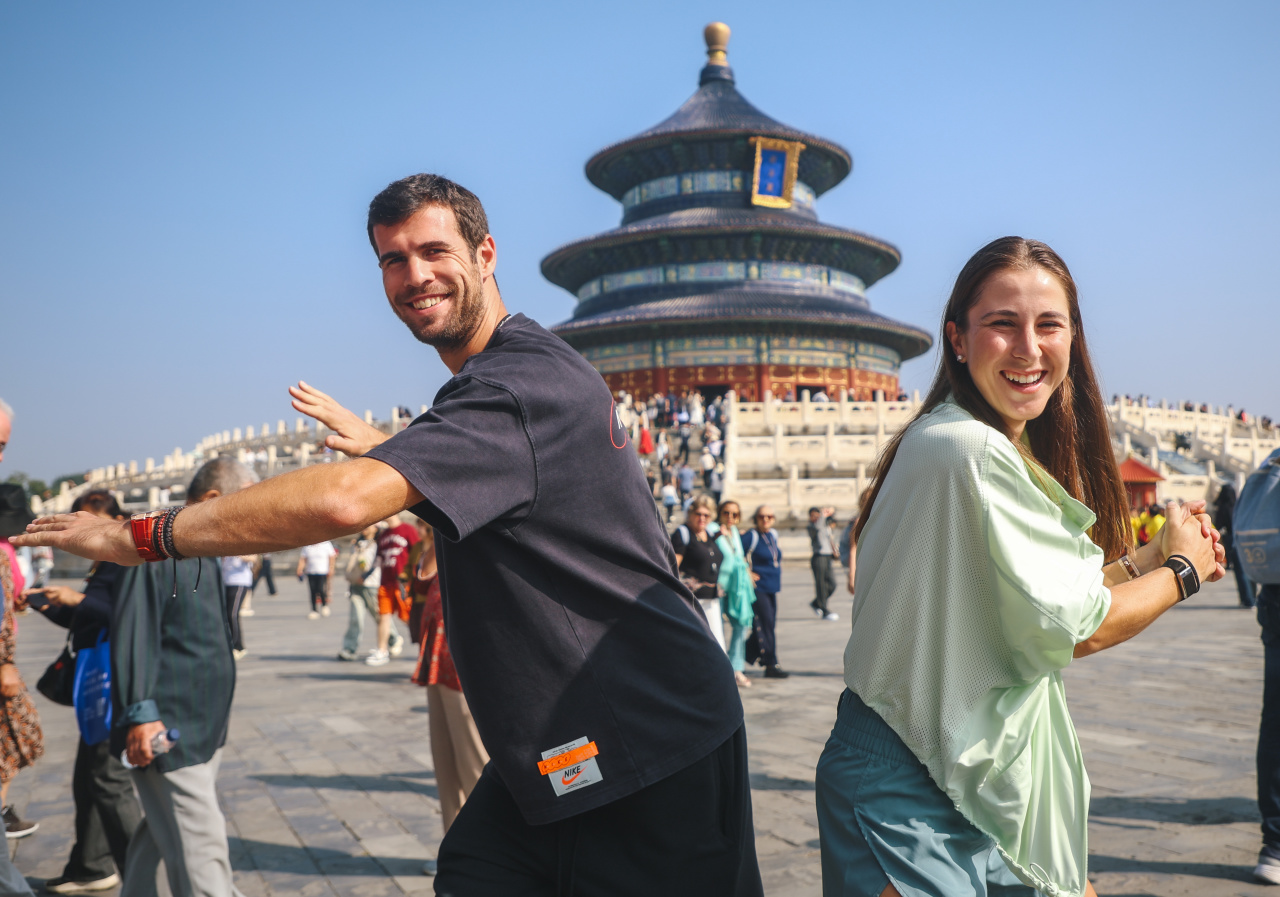
The prospects for the China Open are boundless. With Chinese players making continuous breakthroughs internationally and the tennis population steadily growing, the China Open is poised to play an increasingly important role on the global tennis stage. Let us look forward with confidence to another glorious era of Chinese tennis!(Source: Tennis Home, Author: Xiao Di)







 Links
Links
 Contact
Contact
 App
App


